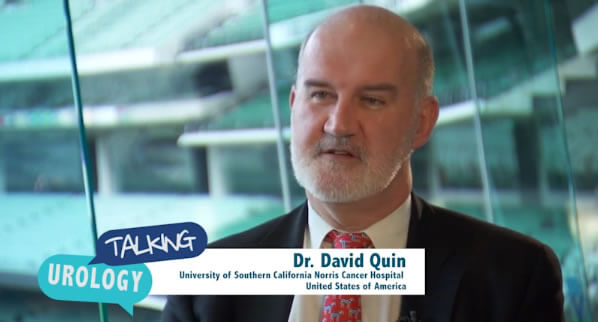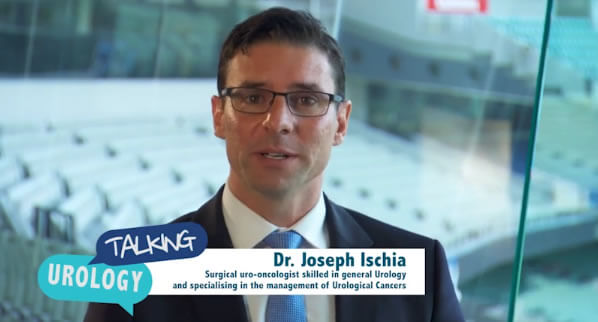USANZ 2017 – Dr Damien Bolton
Professor Damian Bolton @damian_bolton is an Associate Professor at the University of Melbourne, Department or Surgery and head of the Urology unit at the Austin Hospital in Melbourne.
Damien discusses Olivier Traxer’s talk on optimising the use of holmium laser with Dr Joseph Ischia.
Talking Urology podcast transcript
USANZ 2017 Interviews – Dr Damien Bolton
This is Talking Urology.
Joseph Ischia: We’re lucky enough to catch up with Damien Bolton who is the Head of Urology at the Austin Hospital, and professor at the University of Melbourne. And while we weren’t able to catch up with Olivier Traxer, who gave an excellent talk on how to use the holmium laser, which is something that we often don’t put enough thought into and we can set and forget on the usual settings that we have. So, what were some of the take-home messages, Damien?
Dr Damien Bolton: Yeah, this struck me as a really good presentation guide, Joseph, and something so central to our practice that we often overlook. To me, turning on the lasers often just like turning on the light switch, but I think that was his main point. That there are subtleties to it which we will all learn to use the laser, to optimize its settings for us, to optimize management of each individual stone. I think probably these key points where the importance of setting the frequency and the energy and pulse duration to optimize the training of a standard setting to avoid retropulsion of the stone, where that’s important. We can do that, as he mentioned, by increasing the pulse width and by using a smaller fiber.
Joseph Ischia: So, you also mentioned that we should be changing the fiber tip regularly.
Dr Damien Bolton: Yeah, I think the fiber care and fiber positioning was essential to his talk. He did mention that the fiber tip should be trimmed with metal scissors every 10 to 15 minutes in order to optimize the clarity of the pulse from the end of the fiber, and that also the fiber should be positioned about 3 to 4 mm beyond the tip of the scope. It makes sense that there’s retrograde progression of energy from the fiber as well as antegrade progression, and positioning the fiber that place will help minimize any damage to the lens at the end of the telescope.
Joseph Ischia: So, does the size of the laser fiber matter?
Dr Damien Bolton: Well, size definitely matters. The key aspect of that is that with a smaller fiber, you’ve got increased density of energy, which will provide greater fragmentation of the calculus per pulse that’s delivered. The key thing about the smaller fiber as well is that it increases the amount of fluid that can flow beside the fiber through the working channel.
Joseph Ischia: And there’s less retropulsion.
Dr Damien Bolton: And less retropulsion.










